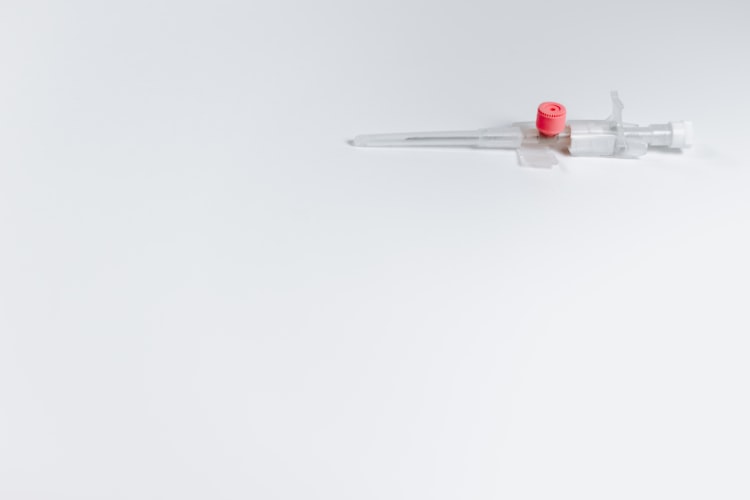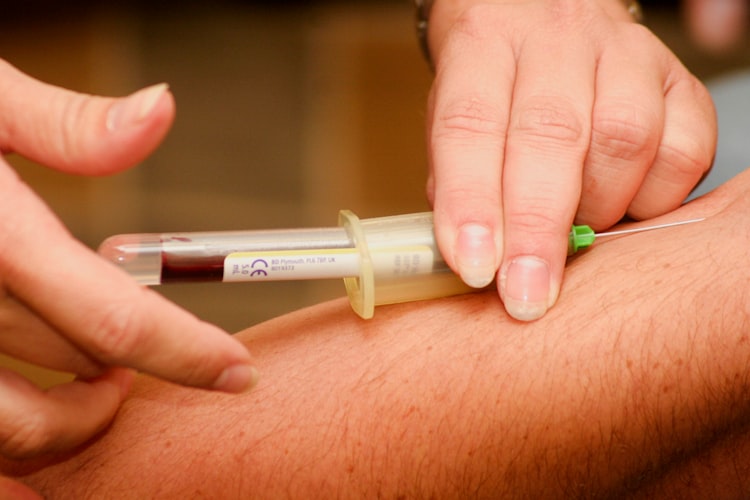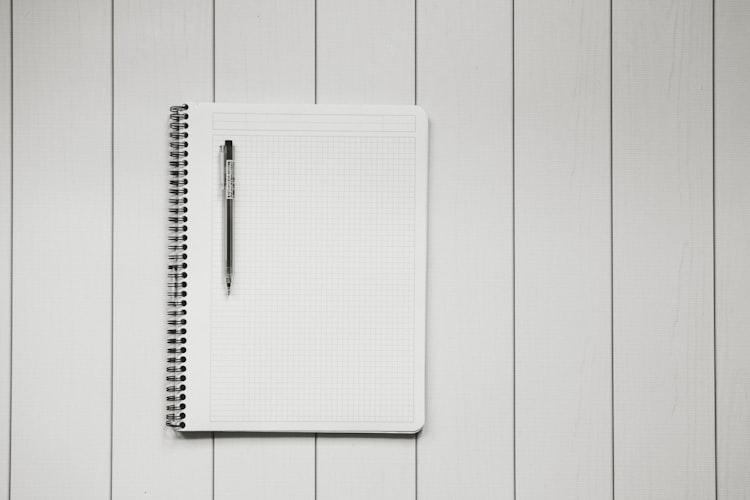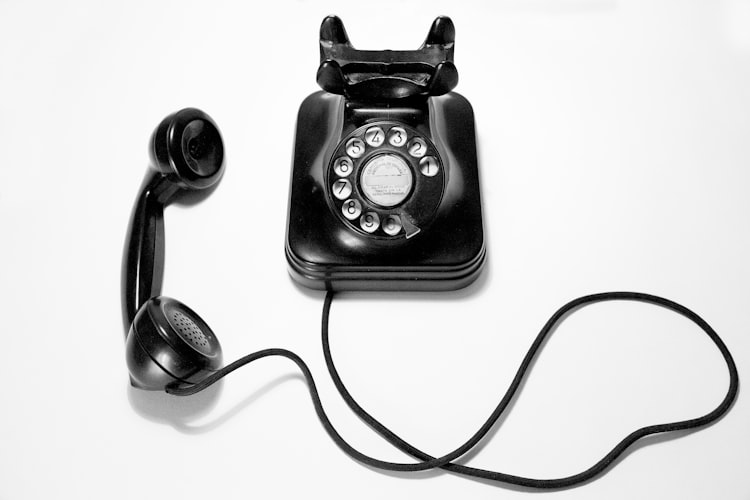Venous Blood Gas (VBG)
Here are the steps I run through when I'm taking a VBG.

💡
Rather than memorising the following, read through to get an idea, but repeated practice is the best way to remember the steps.
Steps
1) Determine whether patient meets indication.
- VBGs are indicated to determine acid-base balance status in any unwell patient.
💡
ABGs may be preferentially used:
- to accurately determine PaCO2 in severe shock
- to accurately determine PaCO2 if hypercapnic (i.e. PaCO2 > 45 mmHg)
- to accurately determine arterial lactate > 2 mmol/L (rarely necessary)
- to accurately determine PaCO2 in severe shock
- to accurately determine PaCO2 if hypercapnic (i.e. PaCO2 > 45 mmHg)
- to accurately determine arterial lactate > 2 mmol/L (rarely necessary)
2) Collect equipment.
The following applies if performing a VBG in isolation (i.e. without inserting a cannula):
- Gloves.
- Protective eyewear.
- Bluey.
- Torniquet.
- Alcohol wipes (x4).
- Butterfly needle (x2).
- Small syringe. (I often use a 10 mL because it’s easiest to find on wards, and though only ~1 mL of blood is necessary, collect a bit more just in case.)
- Dots x2 (or cotton ball + tape).
- Plastic cap with transfer needle.
- VBG specific syringe.
- Patient sticker.
- Bring an assistant if you’re not confident or think you may need assistance.
3) Consent patient.
4) Set up environment.
- Turn light on (if off).
- Adjust bed to correct height (or get a chair).
- Sanitise hands (recall 5 moments of hand hygiene).
- Put bluey down under patient’s arm.
- Position patient’s arm.
5) Prepare to take the blood.
- Sanitise hands.
- Put on gloves.
- Open dot and put on back of hand (or bluey).
- Apply torniquet.
- Look for vein.
- Get patient to squeeze hand repeatedly +/- slap vein +/- hang arm down +/- use heat pack to dilate vein.
- Clean area. (I use 2x alcohol wipes always. The first is used for an abrasive clean to remove any dead skin and bacteria using combination of intrinsic antiseptic properties of alcohol wipes + physically remove any debris. The second I move in a spiral starting at the injection site and moving outwards, ensuring that I don’t go over the same area I’ve covered previously.)
- Attach syringe to tubing on the back of the butterfly needle. (On certain butterfly needles, extra pieces on the back may need to be removed prior to syringe fitting on.)
- Remove sheath of butterfly needle.
- Insert the needle into the skin overlying the vein at ~ 15-30°. Note: for more superficial veins, can enter at a shallower angle. (Warn patient about sharp scratch.)
- When you think you’re in, start pulling back on the syringe with your non-dominant hand, whilst you dominant hand holds the needle in place.
- Take ~3-5 mL (only 1 mL required).
- Release torniquet gently.
- As you withdraw the needle, put dot onto injection site and apply pressure → ask patient to apply pressure.
- Retract needle.
6) Clean up environment.
- Put sharps in sharps bin.
- Dispose bloody items in clinical waste.
- Dispose remaining items in regular bins.
- Put bed back down to normal height.
7) Transfer blood from syringe to VBG syringe.
- Remove butterfly needle from syringe and attach plastic cap.
- Retract VBG syringe.
- Attach covered needle part of plastic cap device onto VBG syringe and inject blood into VBG syringe.
- Expel excess air bubbles by pushing the VBG syringe.
- Attach cap to end of VBG syringe and eject blood to fill chamber cap and expel any further air bubbles.
- Ensure you occasionally invert syringe to prevent clot formation.
- Keep remaining blood in case there is an issue with VBG syringe.
8) Use blood gas analyser to determine blood gas levels.
- Each hospital has unique machines that operate in different ways. Check with local staff on the location of these machines (e.g. often in ICU, ED etc.) and specific method to operate machine.
9) Insert print-out blood gas report into patient notes.
Resources
- https://litfl.com/vbg-versus-abg/
- https://www.safetyandquality.gov.au/our-work/infection-prevention-and-control/national-hand-hygiene-initiative-nhhi/what-hand-hygiene/5-moments-hand-hygiene





